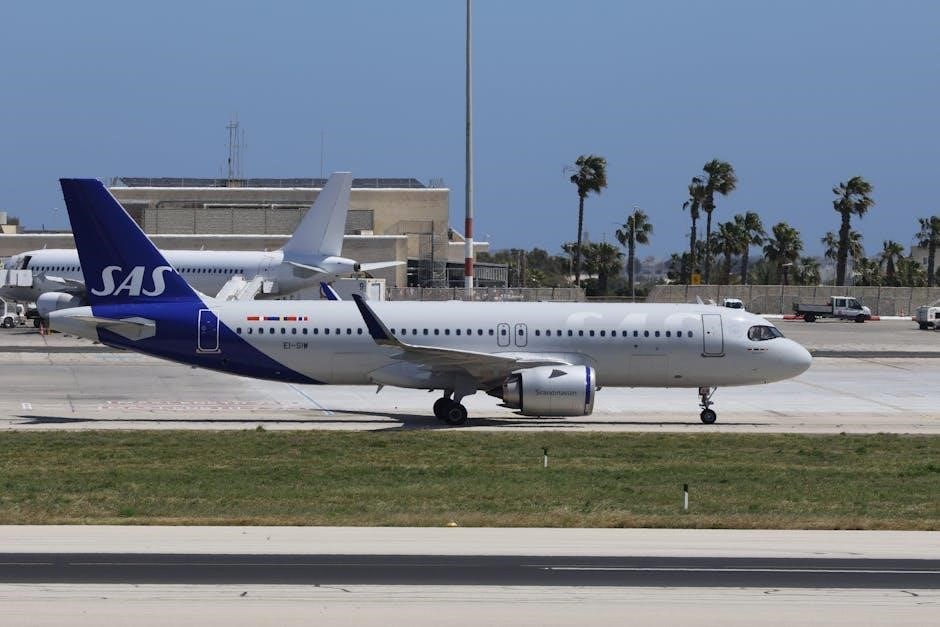Aircraft spotting is a popular hobby involving the observation and identification of aircraft. It combines aviation enthusiasm with photography, requiring knowledge and the right equipment to enjoy fully.
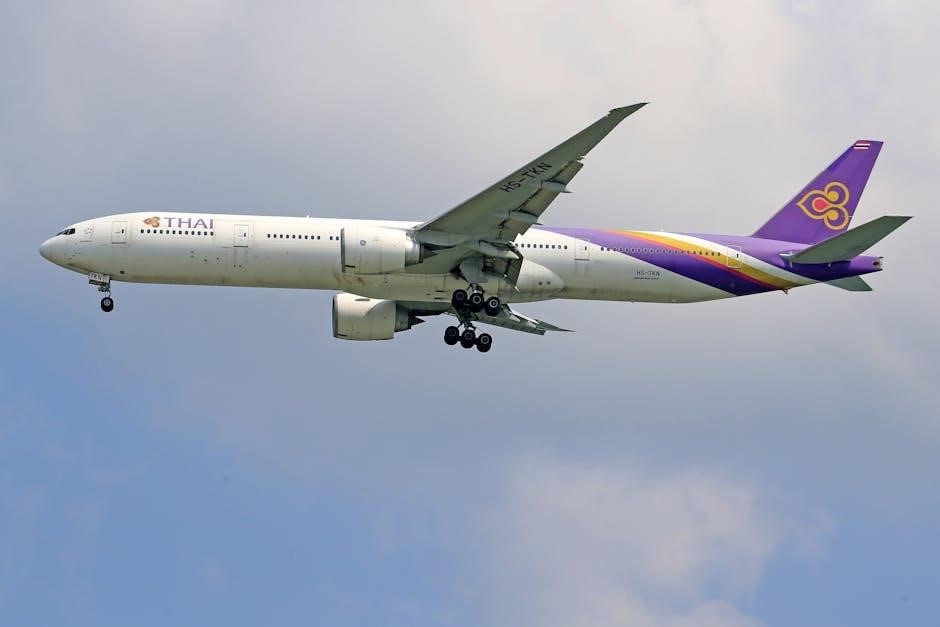
What is Aircraft Spotting?
Aircraft spotting is a hobby where enthusiasts observe and identify aircraft, often at airports or public viewing areas. It involves noting aircraft types, registrations, and liveries. Spotters use tools like binoculars, cameras, and guides to enhance their experience. The activity combines aviation knowledge with photography, appealing to both casual observers and dedicated plane enthusiasts. It also fosters a sense of community among participants, who often share insights and resources online.
Why People Engage in Aircraft Spotting
People engage in aircraft spotting for various reasons, including the thrill of observing live aviation, the joy of photography, and the satisfaction of identifying different aircraft. Many find it a relaxing outdoor activity that combines nature and technology. Others appreciate the sense of community, sharing experiences with fellow enthusiasts. Additionally, spotting allows individuals to track aircraft movements, learn about aviation history, and stay updated on industry developments. The intellectual challenge of identifying aircraft also appeals to those who enjoy problem-solving and detail-oriented hobbies. Overall, it’s a rewarding pastime that caters to diverse interests and passions.
Types of Aircraft
Aircraft are categorized into commercial airliners, military planes, and general aviation aircraft, each serving distinct purposes and offering unique spotting opportunities for enthusiasts worldwide.
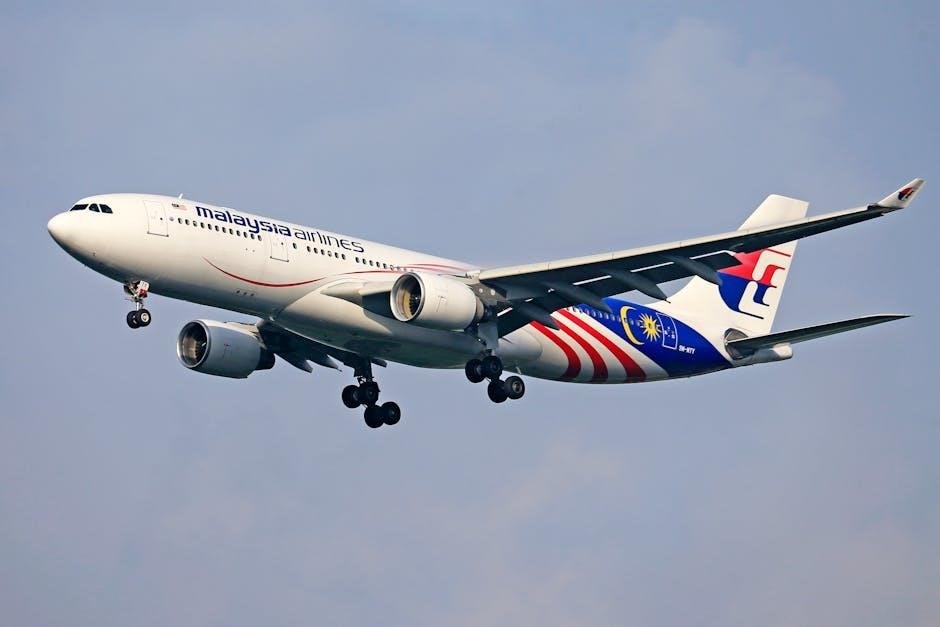
Commercial Airliners
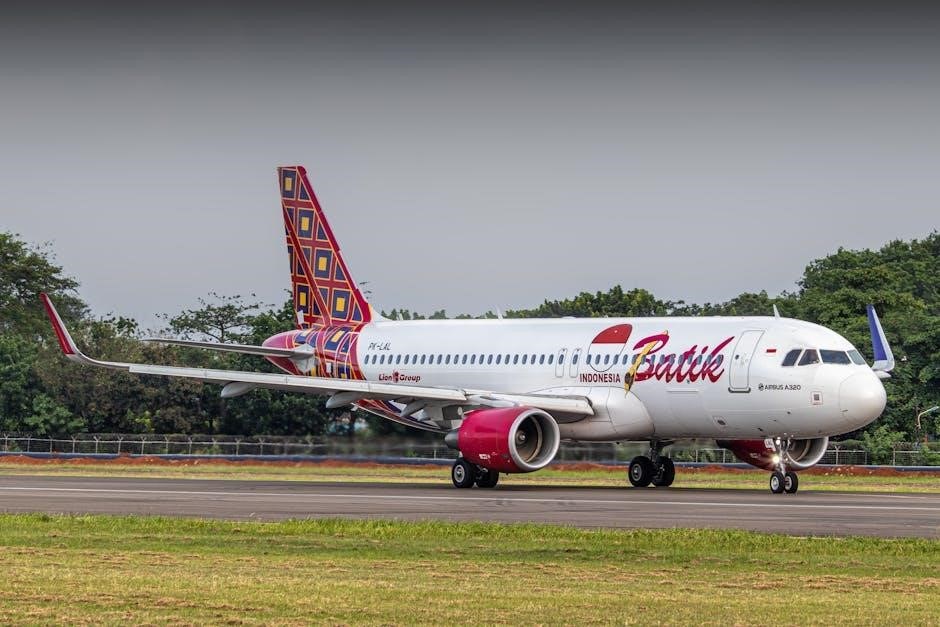
Commercial airliners are aircraft designed for passenger and cargo transport, operated by airlines globally. They vary in size, range, and capacity, from small regional jets like the Embraer E-Jet to large wide-body aircraft like the Boeing 777 and Airbus A350. These planes are easily recognizable due to their distinctive liveries, tail designs, and engine configurations. For spotters, identifying commercial airliners often involves noting features such as wingtip shapes, window layouts, and landing gear designs. Popular models include the Boeing 737, Airbus A320, and 787 Dreamliner, each with unique characteristics that aid in quick identification. Their widespread presence makes them a focal point for enthusiasts, offering endless opportunities for photography and logging. Additionally, side-by-side comparison charts and detailed guides are invaluable tools for distinguishing between similar models, enhancing the overall spotting experience.
Military Aircraft
Military aircraft are specialized planes designed for defense, surveillance, and combat missions. They include fighters, bombers, transport planes, and helicopters. These aircraft often feature unique designs optimized for speed, stealth, or payload capacity. Spotting military planes can be challenging due to their varied designs and operational secrecy. However, enthusiasts use guides like the U.S. Military Aircraft Spotter Guide to identify them. Key features for identification include camouflage patterns, insignia, and weapon systems. Side-by-side comparison charts and online databases are essential tools for distinguishing between different models, aiding spotters in logging their sightings accurately.
General Aviation Aircraft
General aviation aircraft include small, privately owned planes used for recreation, training, and limited cargo transport. Examples are Cessna, Piper, and Beechcraft models. These aircraft are typically smaller than commercial airliners, with piston or small turbine engines. They often feature distinctive designs, such as high-wing or low-wing configurations, making them easier to identify. Spotting guides and apps help enthusiasts distinguish between models based on tail shapes, window layouts, and landing gear styles. General aviation planes are common at smaller airfields, offering spotters a variety of aircraft to observe and log in their journals.
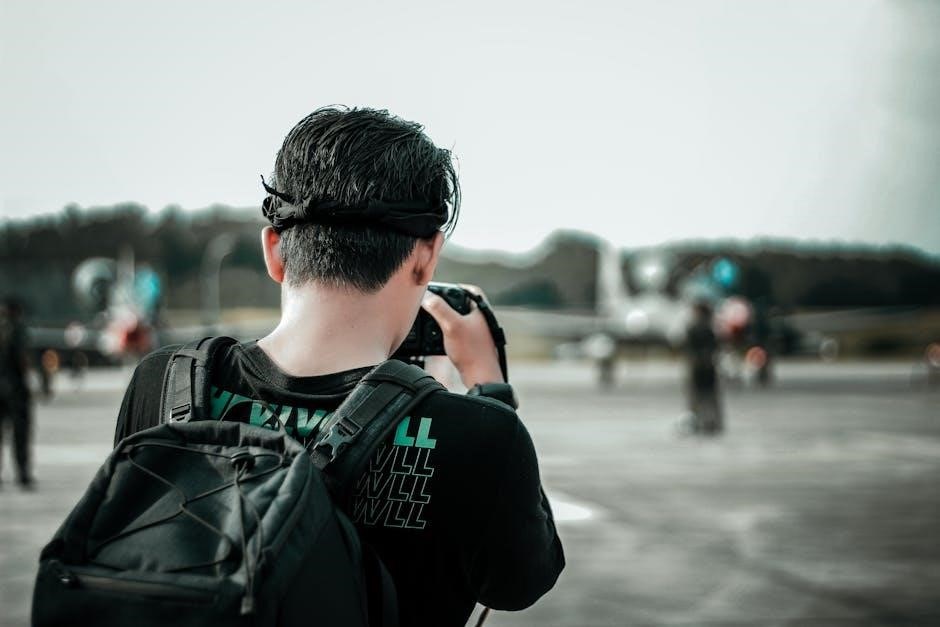
Essential Equipment for Aircraft Spotters
Essential equipment for aircraft spotters includes binoculars for magnification, cameras for photography, and spotting guides or apps for identification tips. These tools enhance the spotting experience.
Binoculars for Aircraft Observation
Binoculars are a crucial tool for aircraft spotters, enabling clear observation of distant planes. Look for models with 7x or 8x magnification and a 30-40mm lens size for stability. Image stabilization is beneficial for reducing shake, while waterproof and durable designs withstand outdoor conditions. Choose binoculars with a wide field of view to track moving aircraft easily. They are essential for identifying aircraft features, making them a must-have for any serious spotter aiming to enhance their observation experience effectively.
Cameras for Plane Photography
A good camera is essential for capturing high-quality aircraft images. DSLR or mirrorless cameras with manual controls are ideal, offering superior image quality and flexibility. A telephoto lens with a focal length of 100-400mm is recommended for distant planes. Image stabilization reduces blur, while fast autofocus ensures sharp shots of moving aircraft. Burst mode captures dynamic moments, and RAW format preserves detail for post-processing. Consider weather-sealed models for outdoor use and pair with a sturdy tripod for stability. Proper camera settings and techniques enhance results, making photography a rewarding part of aircraft spotting.
Spotting Guides and Apps
Spotting guides and apps are invaluable tools for aircraft enthusiasts. They provide detailed information on aircraft registrations, fleet lists, and real-time flight tracking. Apps like PlaneLogger and FlightAware offer searchable databases, enabling spotters to record sightings and upload images. These resources often include side-by-side comparison charts and identification tips, helping spotters distinguish between similar aircraft. Additionally, online communities and forums integrate with these tools, fostering collaboration and knowledge sharing among enthusiasts. Utilizing these guides enhances the overall spotting experience, making it more efficient and enjoyable for both beginners and seasoned spotters.

Visual Identification of Aircraft
Visual identification of aircraft involves recognizing key features like wing shape, engine placement, and tail design. Guides and apps provide comparison charts and tips to aid spotters.
Distinguishing Features of Aircraft
Aircraft can be identified by their unique features, such as wing shape, engine placement, and tail design. The number and position of engines, window configurations, and fuselage length also vary. Spotting guides and side-by-side comparison charts help differentiate models. For example, Boeing 737s have distinct winglets, while Airbus A320s feature sharklets. Tail designs, like the T-tail on a 747, are key identifiers. These visual cues, along with registration details, enable accurate identification. Practice and reference materials are essential for mastering these distinctions and improving spotting skills.
Side-by-Side Comparison Charts
Side-by-side comparison charts are invaluable tools for aircraft spotters, enabling quick visual differentiation between similar models. These charts typically highlight key features such as wing shape, engine configuration, and tail design. By aligning these elements, spotters can easily distinguish, for instance, a Boeing 737 from an Airbus A320. Detailed illustrations and photographs further enhance accuracy. Many guides and apps provide these charts, offering a structured approach to aircraft identification. Regular use of these resources helps refine spotting skills and reduces confusion, especially among closely related aircraft types.
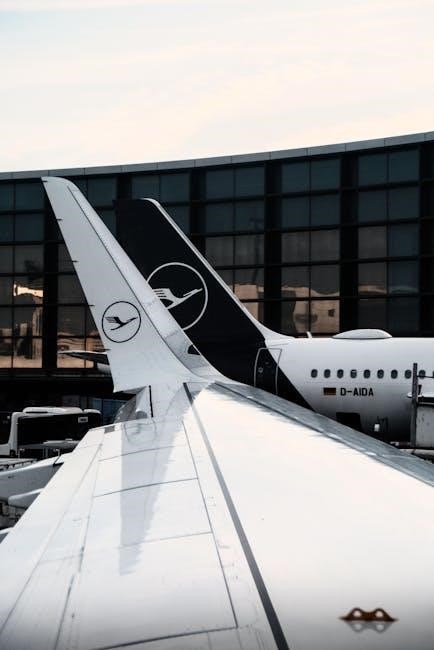
Aircraft Spotting Databases and Resources
Aircraft spotting databases and resources like PlaneLogger offer detailed aircraft registrations, fleet lists, and sighting logs. These tools aid spotters in tracking and identifying aircraft effectively online.
- PlaneLogger
- Online databases
- Spotters logbook
Online Databases for Aircraft Registrations
Online databases like PlaneLogger provide comprehensive records of aircraft registrations, enabling spotters to track and identify planes efficiently; These platforms often include searchable databases, fleet lists, and tools for logging sightings. They also allow users to upload photos and share observations with the community. Such resources are invaluable for enthusiasts seeking detailed information on specific aircraft. Additionally, communities like Reddit’s r/Planespotting offer insights and discussions on using these databases effectively for accurate aircraft identification and tracking.
- PlaneLogger
- Aircraft registration tracking
- Fleet lists
- Sighting records
- Photo uploads
Logging and Recording Sightings
Using a Spotter’s Logbook
Logging sightings is crucial for tracking observations. Tools like PlaneLogger allow spotters to record aircraft details, dates, and locations efficiently.
- Date and time of sighting
- Aircraft type and registration
- Location details
A spotter’s logbook is essential for documenting aircraft sightings, helping enthusiasts track their observations systematically. It typically includes details like aircraft type, registration, location, and date. Many spotters use online tools like PlaneLogger, which offer searchable databases and image uploads. Logging sightings enhances identification skills and provides a personalized record of aviation encounters. Whether digital or physical, a logbook is a valuable resource for plane spotters to organize and reflect on their experiences. It also serves as a reference for future spotting activities and sharing insights with the community.
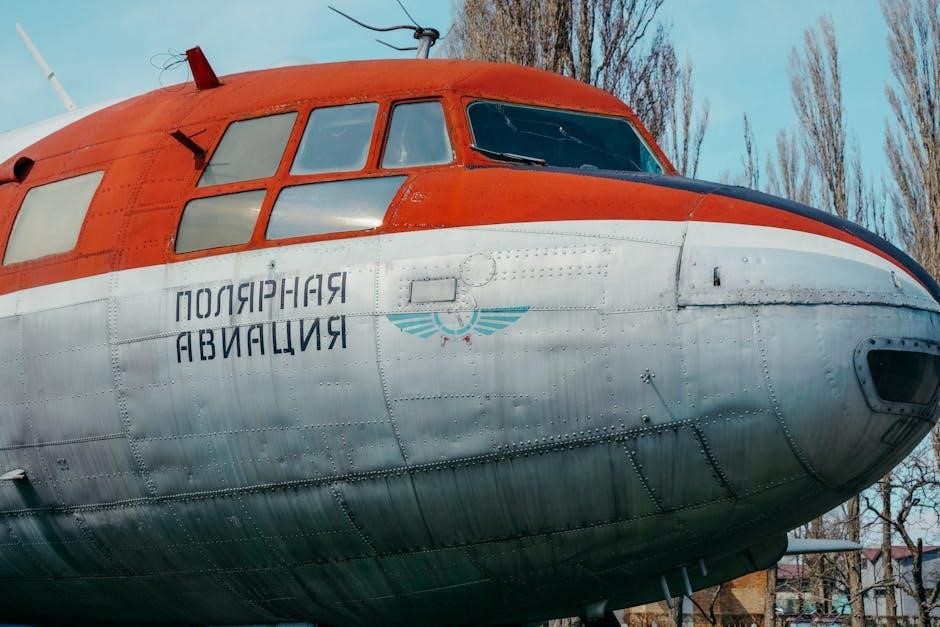
Challenges in Aircraft Spotting
Aircraft spotting presents challenges like distinguishing similar models, dealing with poor weather, and navigating restricted access locations, all requiring patience and dedication from enthusiasts.
Overcoming Identification Difficulties
Identifying aircraft can be challenging due to similar designs. Using side-by-side comparison charts and detailed photography helps spot differences. Zooming in on tail shapes, engine placements, and wing configurations is crucial. Online databases like PlaneLogger provide registration details, aiding in accurate identification. Apps and guides offer real-time assistance, while learning from experienced spotters in online communities enhances skills. Overcoming these difficulties requires patience, practice, and access to the right resources, making every successful identification rewarding for enthusiasts.
Resources for Further Learning
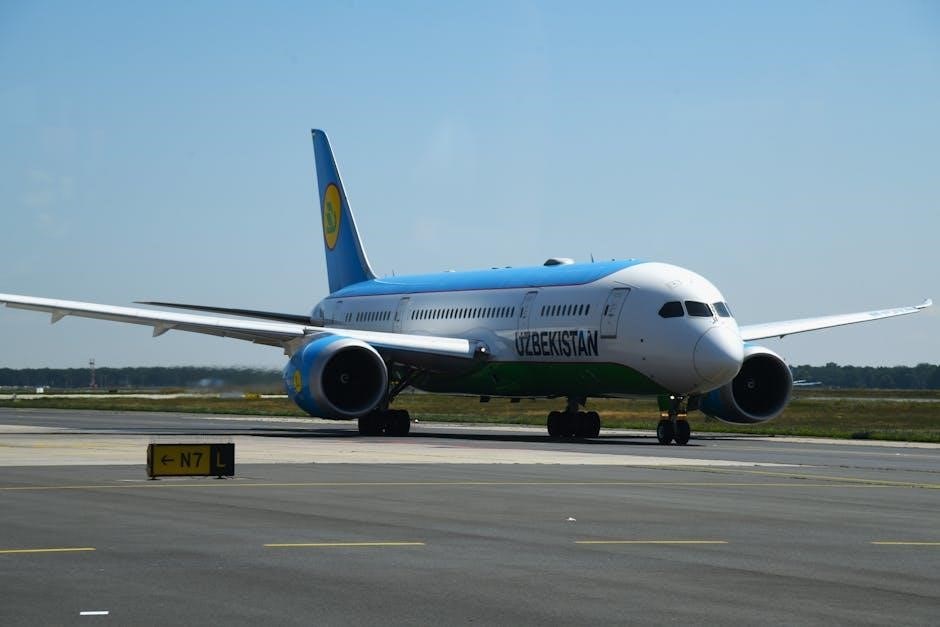
Explore recommended books like the Plane Spotter’s Guide and online communities such as Reddit’s r/Planespotting. Utilize apps like PlaneLogger for detailed aircraft databases and identification tools.
Recommended Books for Plane Spotters
For in-depth knowledge, consider Plane Spotter’s Guide by Tony Holmes, offering detailed identification tips and photographs. Another valuable resource is Planespotter ー U.S. Military Aircraft Spotter Guide, ideal for identifying military aircraft. These books provide comprehensive insights into aircraft differences, making them essential for enthusiasts. Available on platforms like Amazon, they serve as indispensable tools for refining spotting skills and expanding aviation knowledge. Whether you’re a novice or an experienced spotter, these guides enhance your ability to accurately identify and understand various aircraft types.
Online Communities and Forums
Online communities and forums are invaluable resources for aircraft spotters. Platforms like Reddit’s r/Planespotting offer spaces to share experiences, ask questions, and learn from enthusiasts. These communities provide tips, discuss equipment, and share insights into aircraft identification. Additionally, specialized forums and groups on social media platforms like Facebook connect spotters worldwide, fostering collaboration and knowledge exchange. Engaging with these communities helps spotters stay updated on trends, challenges, and best practices, enhancing their hobby experience and networking opportunities.
Apps for Aircraft Identification
Apps like PlaneLogger and Planespotter are essential tools for aircraft identification. PlaneLogger offers a searchable database of aircraft registrations, allowing spotters to log sightings and upload images. Planespotter provides detailed guides, especially for military aircraft, aiding enthusiasts in distinguishing different models. These apps enhance spotters’ ability to identify aircraft accurately and efficiently, making them indispensable for both beginners and experienced plane spotters. They often include real-time tracking, comprehensive databases, and logging features, ensuring spotters can make the most of their hobby with precise and reliable information.
